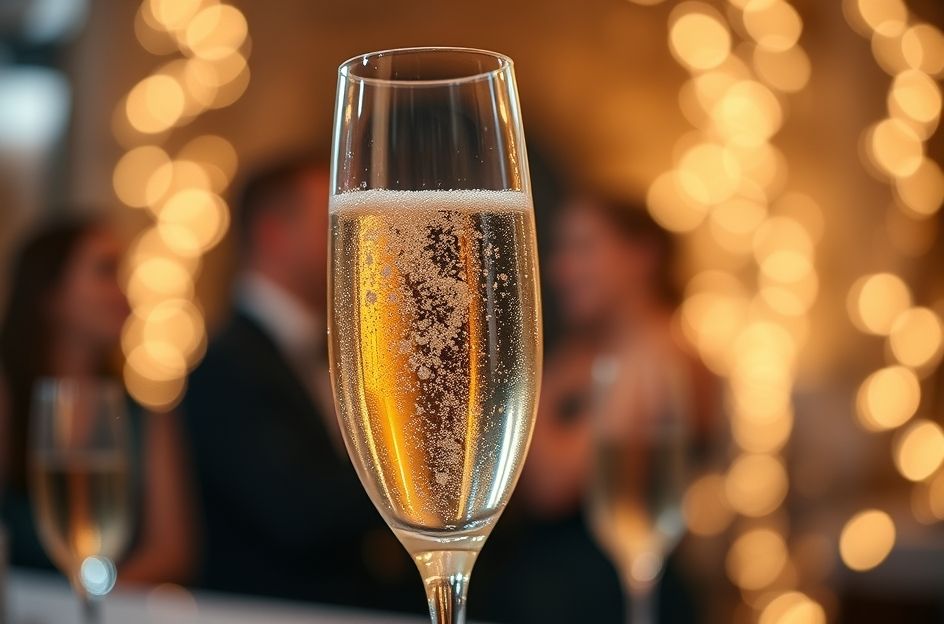Champagne is synonymous with celebration, from weddings and christenings to birthdays and ship launches. Serving a chilled bottle of this effervescent beverage elevates any gathering, adding a touch of sophistication and festivity.
Champagne is a sparkling wine distinguished by its secondary fermentation within the bottle, a process that creates its characteristic bubbles. While many use “champagne” as a generic term for sparkling wine, EU regulations stipulate that only sparkling wine produced in the Champagne region of France can legally bear the name “Champagne.”
Most Champagnes are blends of Chardonnay and Pinot Noir grapes. Some producers create champagnes using only 100% Chardonnay or Pinot Noir, or follow unique proprietary recipes. The most common style is “brut,” known for its dryness. While other sparkling wines, such as Cava, exist, they cannot be called champagne due to their non-French origin.
Originally, wines from the Champagne region were still. Sparkling wine production began in the 16th century. Today, Champagne boasts over 100 established houses and 15,000 smaller producers. Annual production exceeds 300 million bottles, with France exporting approximately 55% of its yield. The United States, Germany, and the United Kingdom are the largest consumers of this sparkling wine.
Champagne’s popularity is largely attributed to its association with wealth and fame. References to prestigious vintages like “Cristal” at celebrity events have amplified the drink’s desirability. Champagne is also linked to royalty and events like the Ascot races, Henley Regatta, and high-society garden parties. Furthermore, its prominent presence at major motorsports events, where winners spray the celebratory drink, reinforces its image as a symbol of success. This seemingly extravagant use of an expensive beverage has only added to its allure.
For optimal enjoyment, champagne should be served cold in a flute. Traditional etiquette dictates that the glass be filled to no more than one-third capacity. Because alcohol is absorbed more rapidly into the bloodstream when drinking champagne than still white wine, moderation is advised.
